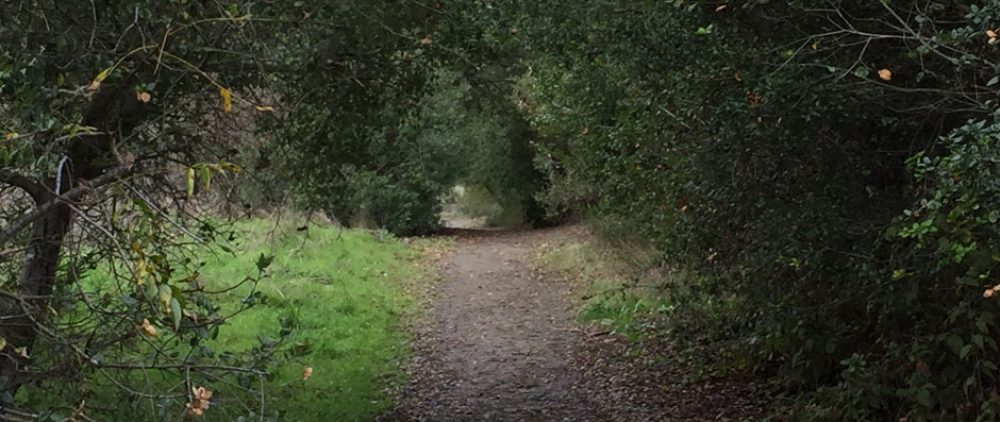Last Sunday, after the Bears lost, I was working on one of my western movie posts. Mary switched channels and I looked up to catch the conclusion of First Knight, starring Sean Connery as King Arthur and Richard Gere as Lancelot. Several thousand light bulbs went on as I watched and realized the old west and Arthur’s Britain are territories of legend with much in common.
Both the old west and the Arthurian forests are places where legend fills in all we do not know. Where there be dragons, there also is imagination. We populate these realms with our angels and demons, and yet the settings are of this world, as opposed to outer space or Middle Earth. You can visit Tombstone or Glastonbury. Most historians agree there really was an Arthur of Britain who held off the Saxon invaders after the Roman legions left. We know that Wyatt Earp, George Custer, and Calamity Jane were as real in their time as we are now.
I suspect that most of the tales we love of both knights and cowboys are hero journeys, in the classic sense outlined by Joseph Campbell. In his PBS series, The Power of Myth, Campbell said that when they left to search for the Holy Grail, each knight picked his own place to enter the forest – to follow the path of another would have been shameful.
That same ethic frames a number of westerns, and is historical fact in the case of the the mountain men. Several kept articulate journals describing the yearning that moved them leave “civilization” behind to see what lay beyond the next ridge.
I do not want to belabor the point, but Pothos, the yearning for the unobtainable, was actively cultivated as a virtue in the courtly love ethic celebrated by the troubadors and in the stories of Cretien de Troyes. Just like modern film directors, Cretien was writing about an era that was gone in his time, but inspired dreams we still share today. Be it John Ford or Peckinpah, I’m a sucker for a good western, just as I love stories of the knights of old, from Mallory to Monty Python.
***
There is one huge difference between the world of Arthurian legend, and the world of the western – and by extension, the 21st century world we all inhabit. When the knights entered the forest on their solitary quest, they knew what they were trying to save – Camelot – and they knew what they were trying to find – The Holy Grail. These legends grew from a world that in reality was probably more brutal than the west of any of Sam Peckinpah’s westerns, and yet from all accounts I have read, this was a world where ultimate certainties were not in doubt.
For us the entrance into the forest or desert is a little darker, for we don’t even start with the same certainty that what we are after exists. Still, in one account Joseph Campbell quoted, the Holy Grail, was never the same for any two people. It changed to give each what their heart desired. A very contemporary Grail! If we don’t start out with a clear idea of what we are looking for, well I don’t think the knights of legend really did, or the people who climbed onto a covered wagon.
***
And finally, though lists always leave something to be desired, here is a pretty decent NPR list of classic and important westerns, from Stagecoach to Brokeback Mountain, to the new True Grit. Happy Trails!



Since you seem to be examining the hero cycle in film this week, because you really can’t examine the concept of Pothos without doing so, you might want to take a look at my personal favorite, Willow. That’s I used when I taught the hero cycle. George Lucas and Joseph Campbell were neighbors and friends. Lucas based all his films on the hero cycle, and I personally think Willow is the best of the bunch. After we watched Willow, the kids really understood the hero cycle and were able to easily identify it in literature. Nice post.
LikeLike
I really enjoyed Willow – saw it several times, but have not thought about it in a while. Thanks.
LikeLike